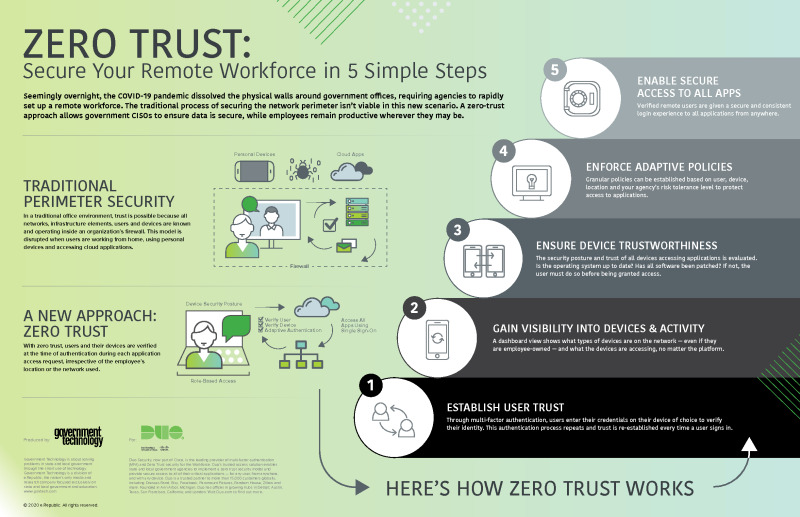How to Secure Your Network: A Step-by-Step Guide to Penetration Testing
Is Your Network Really Secure? Discover How Penetration Testing Can Uncover
Vulnerabilities and Protect Your Business!
 As cyber threats become increasingly sophisticated and common, securing your network is more critical than ever. One of the most effective ways of ensuring that your network is secure is penetration testing. By simulating an attack, you can identify vulnerabilities and fix them before they can be exploited by real attackers. In this guide, you will learn how to perform penetration testing step-by-step to secure your network.
As cyber threats become increasingly sophisticated and common, securing your network is more critical than ever. One of the most effective ways of ensuring that your network is secure is penetration testing. By simulating an attack, you can identify vulnerabilities and fix them before they can be exploited by real attackers. In this guide, you will learn how to perform penetration testing step-by-step to secure your network.Understanding Penetration Testing
Penetration testing is a process of identifying vulnerabilities in a system by simulating a cyber attack. It is an essential security measure that every organization should perform regularly. It helps identify the weaknesses in your network and systems before cybercriminals exploit them. There are three types of penetration testing:
Black Box Testing
Black box testing is when the tester is given no information about the system to be tested. They must manually search for vulnerabilities, much like a real cyber attacker would.
White Box Testing
White Box testing is when the tester is given complete information about the system to be tested. This information typically includes network architecture, system details, and access credentials.
Gray Box Testing
Gray box testing is a combination of black box and white box testing. The tester is given partial information about the system to be tested.
Planning and Scoping Penetration Testing
Before performing penetration testing, proper planning is essential to ensure its success. In this section, we will cover what you need to consider when planning and scoping your testing.
Determine the Scope of Penetration Testing
Define the scope of your penetration testing, and which systems, applications, and networks you want to target. It is essential to keep in mind the importance of testing all systems that could be at risk. This will help you identify all potential weaknesses and vulnerabilities.
Set Testing Goals and Objectives
The goals and objectives of the penetration testing must be clearly defined. This will guide the testing process and ensure that all potential risks are explored. When setting specific objectives for the testing, should help the team discover potential vulnerabilities, reduce the risk of future attacks, and improve cybersecurity defenses overall.
Legal Contracts and Agreements
Make sure that you have all necessary legal contracts and agreements in place before starting penetration testing. This covers the ‘what if' scenarios, such as if testing causes any unexpected damage. This is why testing should have the consent of network owners and appropriate agreements and contracts should be in place to prevent any legal consequences from taking place.
Budgeting Penetration Testing
Penetration testing fees can vary widely based on the depth, scope, and duration of the tests. Budgeting for expenses before starting the testing will help with the financial planning and ensuring that quality testing is secured to the best of your abilities.
"Securing your network starts with understanding its vulnerabilities. Follow this step-by-step guide to penetration testing for a stronger, safer system. #cybersecurity #networksecurity #penetrationtesting [insert link]"Tweet Quote
Information Gathering
The first step in penetration testing is gathering as much information as possible on the target systems and networks. This information is critical to identifying specific vulnerabilities that may be present.
Reconnaissance
Reconnaissance is the art of gathering information about the target without the target knowing. Techniques include checking social media accounts, anything that is public, searching through employee profiles, or anything publicly available about the organization, product, or service.
Footprinting
Footprinting is a technique used to gather information about the target system, networks, or infrastructure by probing the external facing servers or systems and checking for open ports, firewalls, or other security devices. The tester can use specialized tools to gather information about a network, which can include its topology, operating system, applications, and other information.
Enumeration
Enumeration is the process of extracting information about any resource or system on the target network. The tester can use various tools to extract information such as user accounts, passwords, shares, applications, services, and configurations.
Vulnerability Scanning
Vulnerability scanning is a technique used to detect vulnerabilities in a system or network. These scans are automated methods for detecting vulnerabilities before they can be exploited. Using advanced and tactical automated scanning tools will help identify potential vulnerabilities that hackers will also find.
Vulnerability Analysis
Vulnerability analysis is the process of analyzing the results of vulnerability scanning and determining potential risks. This can involve interpreting the data, ranking risks in order of urgency, and focusing on closing the most significant gaps first.
Choosing the Right Tools for Vulnerability Analysis
There are several tools available to perform vulnerability analysis. The tools selected should depend on the organization's specific situation and objectives.
Analyzing the Results of Vulnerability Scans
Organizations should respond to potential vulnerabilities and threats promptly. The analysis of findings should be done methodically and check out the most outlandish possibilities.
Evaluating the Risks
Once the risk analysis is complete, and the vulnerability reports have been generated, the team reviews the risks and assigns priorities to the risks. Typically, based on the risks that can have the most substantial adverse impact on the business, a priority list is assigned.
Exploitation
Exploitation means attempting to exploit the vulnerabilities identified in the previous stages. We use the vulnerabilities found to gain access to the network or escalate privilege levels, among other things.

Image courtesy of via Google Images
Gaining Access to the System
Gaining access to the target environment is the aim of the penetration testing process. A cybercriminal can leverage one small vulnerability to gain substantial footholds into the five critical tiers that compose most organizations' networks. By attacking core systems and applications, the hacker can access confidential information and potentially compromise the entire system.
Privilege Escalation
Privilege escalation is when a user gains access to features and capabilities that they do not have legitimate access to. This is typically done through a vulnerability found during the vulnerability analysis phase, and when successful, it can give an attacker elevated privileges on the network, including admin-level access.
Hacking User Credentials
Account passwords are usually the most common way a hacker will try to gain control of a system. A successful cyber attack can steal the usernames and passwords of any online resources used by the organization. These can range from simple username and password credentials to personally identifiable information enabled by weak authentication practices.
Collapsing the System
Collapsing the system is nothing but causing a 'Denial of Service outage. The attacker can cause a deadlock in the system or crash systems or applications, which may result in non-accessible servers or services from the network. By doing so, the system becomes unavailable, including all resources connected to it.
Reporting and Remediation
The final step of the penetration testing process is to report the findings and address the vulnerabilities discovered.
Documentation of Process and Findings
Documentation of each phase of the penetration testing process and the findings is important for future analysis and auditing. This documentation could also be used to generate reports based on the organization's requirements.
Recommendations for Mitigating Risks
After identifying the risks, it is important to determine how to mitigate or manage them. This could include patching or upgrading systems and providing appropriate training for employees dealing with confidential information or systems.
Follow-up Testing
Once the remediation phase is complete, follow-up testing should be performed to ensure all vulnerabilities have been addressed, and the systems remain secure.
Conclusion
Penetration testing is a crucial step to secure your network and prevent cyber attacks. By following the steps outlined in this guide, you can identify vulnerabilities and fix them before cybercriminals exploit them. Remember that cybersecurity is an ongoing process, so it's crucial to perform regular penetration testing to ensure your network remains secure.





1 Comments
Really amazing
ReplyDelete